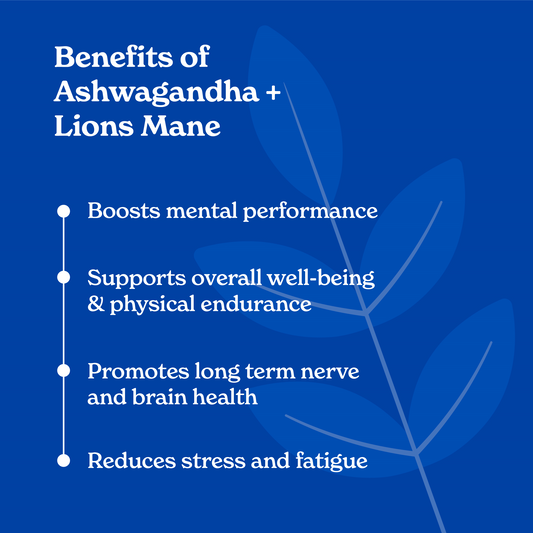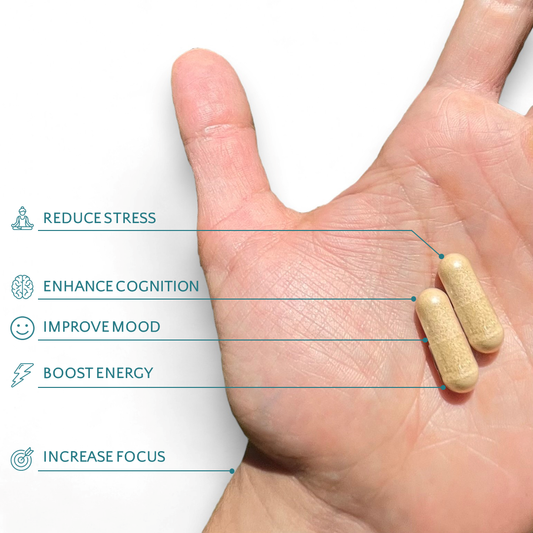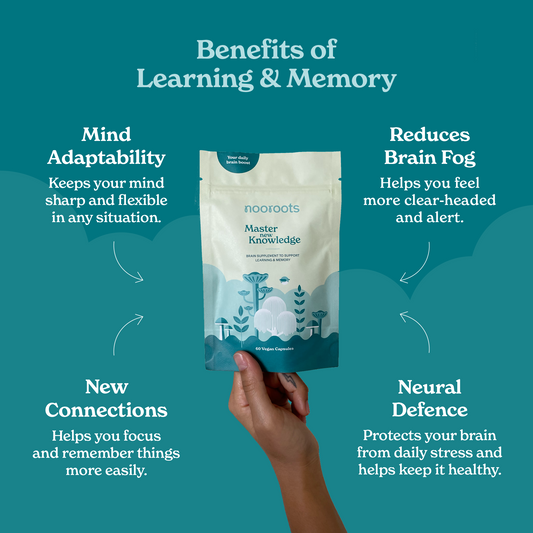Expert Writer ✓
About the Author
Ben was awarded a Master of Science in Regenerative Medicine from Imperial College London. He is currently completing a PhD at Imperial.
Contents
- What is Vitamin C?
- Vitamin C Deficiency
- Vitamin C Benefits
- Vitamin C Mechanism of Action
- Vitamin C Side Effects
Vitamin C: A Health Guide to Safe and Effective Supplementation

What is Vitamin C?
Vitamin C was first stumbled upon in 1928 by Albert Szent-Györgyi, who wasn’t looking for it and simply gave it the name hexuronic acid1. It was not until 1932 that two groups, one led by Szent-Györgyi and the other by Charles Glen King, isolated and identified vitamin C2,3.
Though most commonly known as vitamin C, Szent decided to attribute the compound with the name ascorbic acid4. This owed to its role as a treatment for scurvy – an antiscorbutic – which had ravaged the world (particularly sailors) for centuries5.
An essential nutrient, humans must consume an adequate amount of vitamin C within their diet5,6.
Vitamin C Deficiency
Vitamin C deficiency primarily comes as a result of dietary issues, worsened by its poor storage within the body6. Inadequate intake of vitamin C could cause you to suffer with5–7:
- Scurvy (swollen and bleeding gums, hair loss, skin problems)
- Swollen, bleeding gums
- Alopecia (hair loss)
- Bruising
- Poor wound healing
- Joint pain
- Fatigue
Vitamin C Benefits
Perhaps one of the most talked about nutrients, vitamin C supplementation has been linked to a range of benefits:
- Brain booster: the highest concentration of vitamin C within the body is found within the brain, so it comes as no surprise that the nutrient is associated with improved cognitive function8,9
- A keen antioxidant: one of four dietary antioxidants, vitamin C helps to protect cells of the body from free radicals, unstable atoms which can cause them damage10–12
- Healthy bones: studies in humans have revealed that vitamin C is associated with healthier bones – greater mineral density and a reduced risk of fracturing13
Vitamin C Mechanism of Action
Vitamin C has an array of functions within the body. This is why it is so crucial, but also means it works in different ways; for example:
- Helping to speed up the conversion of dopamine, a neurotransmitter, to norepinephrine within your brain and throughout the nervous system. This is a key part of your ‘fight or flight’ response, a particularly good reason to keep your vitamin C levels up!14,15
- Vitamin C acts as a scavenger of superoxide, a reactive oxygen species, in the neural tissues. Reactive oxygen species can damage cells and even cause them to be destroyed, but vitamin C provides protection to the cells of the nervous system by neutralising these harmful compounds9,16
- Accelerating hydroxylation reactions, which are key in the synthesis of collagen. Type IV collagen, for one, is crucial to the structural integrity and functioning of our cells11,17,18
Vitamin C Side Effects
Everything in moderation still applies to the helpful nutrients. Fortunately, side effects are only incurred when greatly exceeding the recommended daily intake, and they may include19:
- Stomach pain
- Flatulence
- Diarrhoea
Evidence
- Szent-Györgyi A. Observations on the function of peroxidase systems and the chemistry of the adrenal cortex. Biochem J. 1928 Jan 1;22(6):1387–409.
- King CG, Waugh WA. The Chemical Nature of Vitamin C. Science (80- ). 1932 Apr 1;75(1944):357–8.
- Svirbely JL, Szent-Györgyi A. Hexuronic acid as the antiscorbutic factor [1]. Nature. 1932;129(3259):576.
- Albert Szent-Gyorgyi Vitamin C - Landmark - American Chemical Society [Internet]. [cited 2022 Jun 14]. Available from: https://www.acs.org/content/acs/en/education/whatischemistry/landmarks/szentgyorgyi.html
- Nutr A, Carpenter KJ. The Discovery of Vitamin C. Ann Nutr Metab. 2012;61(3):259–64.
- Maxfield L, Crane JS. Vitamin C Deficiency. Bioarchaeology Metab Bone Dis. 2022 May 8;41–74.
- Vitamin C deficiency - Symptoms, diagnosis and treatment | BMJ Best Practice [Internet]. [cited 2022 Jun 14]. Available from: https://bestpractice.bmj.com/topics/en-gb/632
- Harrison FE, May JM. Vitamin C Function in the Brain: Vital Role of the Ascorbate Transporter (SVCT2). Free Radic Biol Med. 2009 Mar 3;46(6):719.
- Travica N, Ried K, Sali A, Scholey A, Hudson I, Pipingas A. Vitamin C Status and Cognitive Function: A Systematic Review. Nutrients. 2017 Sep 1;9(9):1–21.
- Wintergerst ES, Maggini S, Hornig DH. Immune-Enhancing Role of Vitamin C and Zinc and Effect on Clinical Conditions. Ann Nutr Metab. 2006 Feb;50(2):85–94.
- Chambial S, Dwivedi S, Shukla KK, John PJ, Sharma P. Vitamin C in Disease Prevention and Cure: An Overview. Indian J Clin Biochem. 2013 Oct 1;28(4):314.
- Carr AC, Frei B. Toward a new recommended dietary allowance for vitamin C based on antioxidant and health effects in humans. Am J Clin Nutr. 1999 Jun 1;69(6):1086–107.
- Chin K-Y, Ima-Nirwana S. Vitamin C and Bone Health: Evidence from Cell, Animal and Human Studies. Curr Drug Targets. 2018 Mar 20;19(5):439–50.
- Naidu KA. Vitamin C in human health and disease is still a mystery ? An overview. Nutr J. 2003 Aug 21;2:7.
- Paravati S, Rosani A, Warrington SJ. Physiology, Catecholamines. StatPearls. 2021 Oct 30;
- Hediger MA. New view at C. Nat Med 2002 85. 2002;8(5):445–6.
- May JM, Qu ZC. Transport and intracellular accumulation of vitamin C in endothelial cells: relevance to collagen synthesis. Arch Biochem Biophys. 2005 Feb 1;434(1):178–86.
- Velez AMA, Howard MS. Collagen IV in Normal Skin and in Pathological Processes. N Am J Med Sci. 2012 Jan;4(1):1.
- Vitamins and minerals - Vitamin A - NHS [Internet]. [cited 2022 Jun 14]. Available from: https://www.nhs.uk/conditions/vitamins-and-minerals/vitamin-a/







